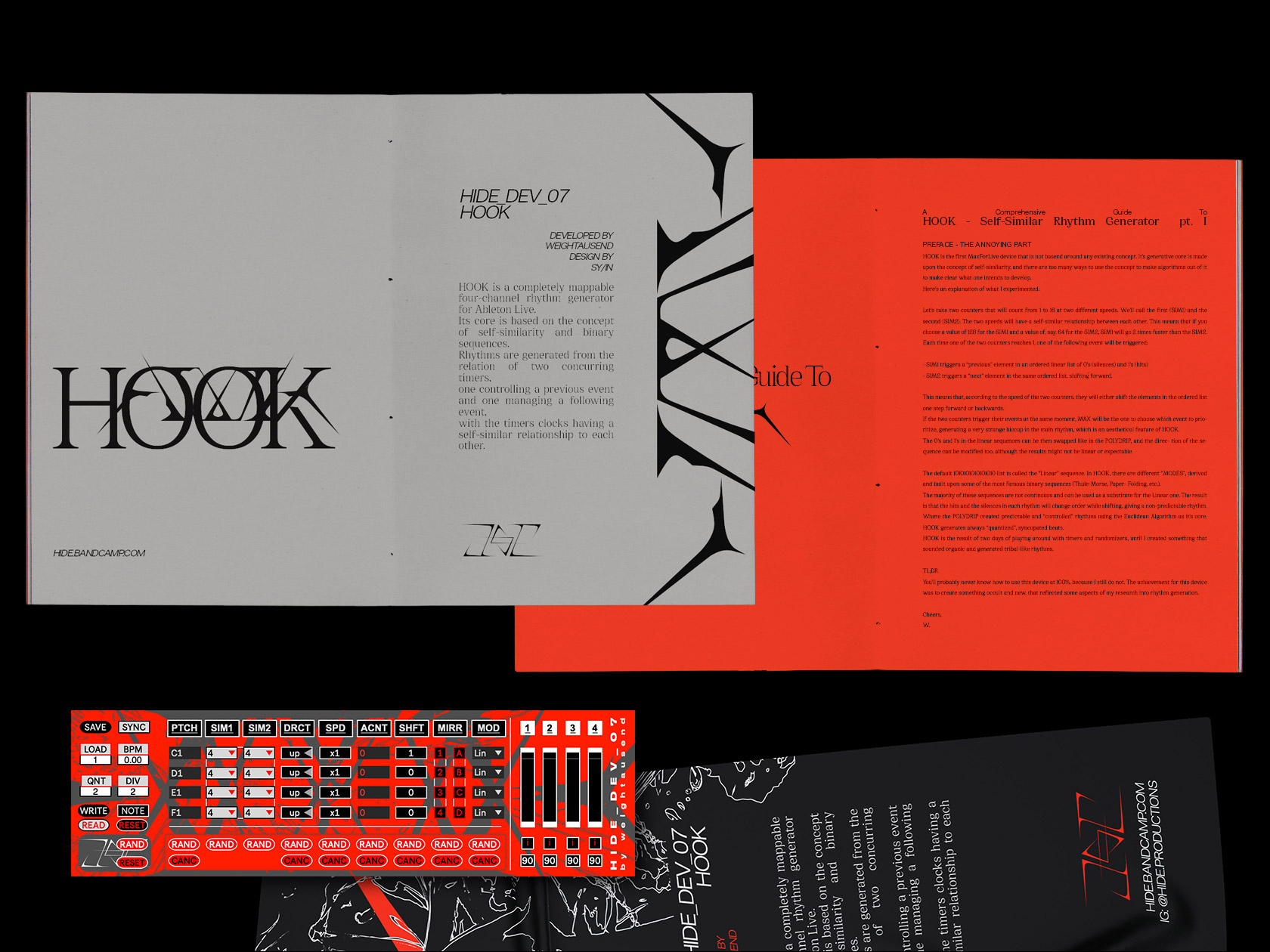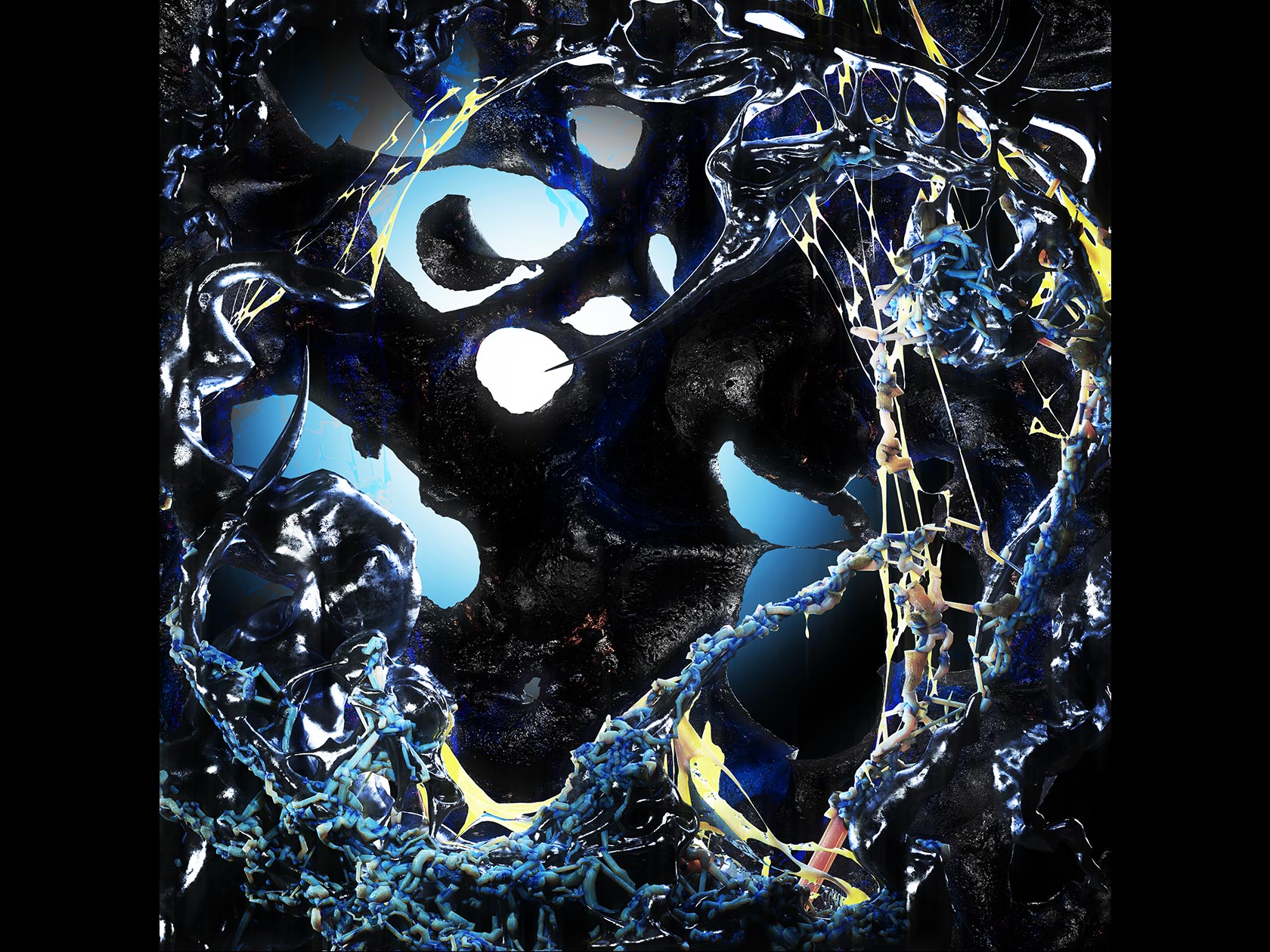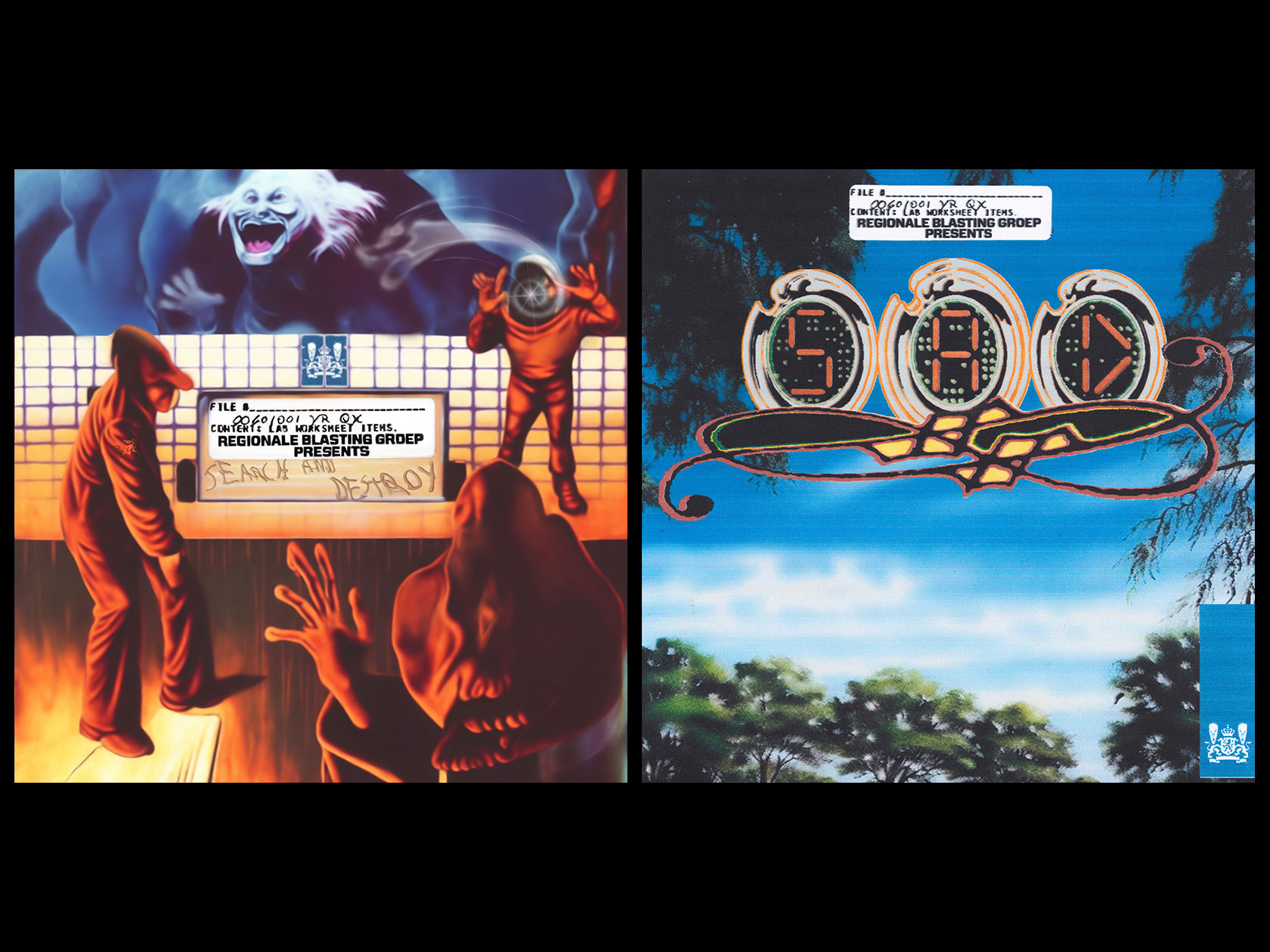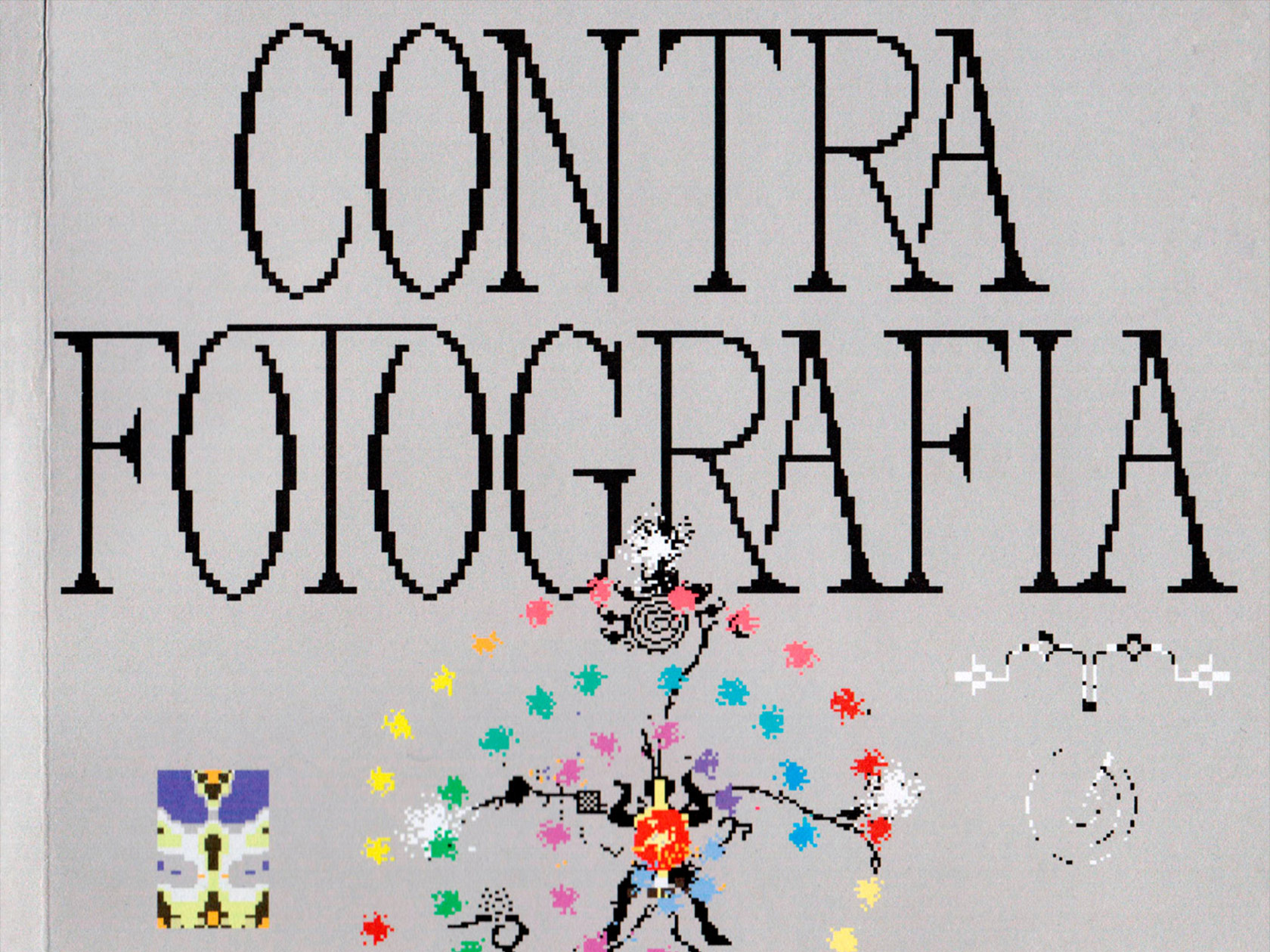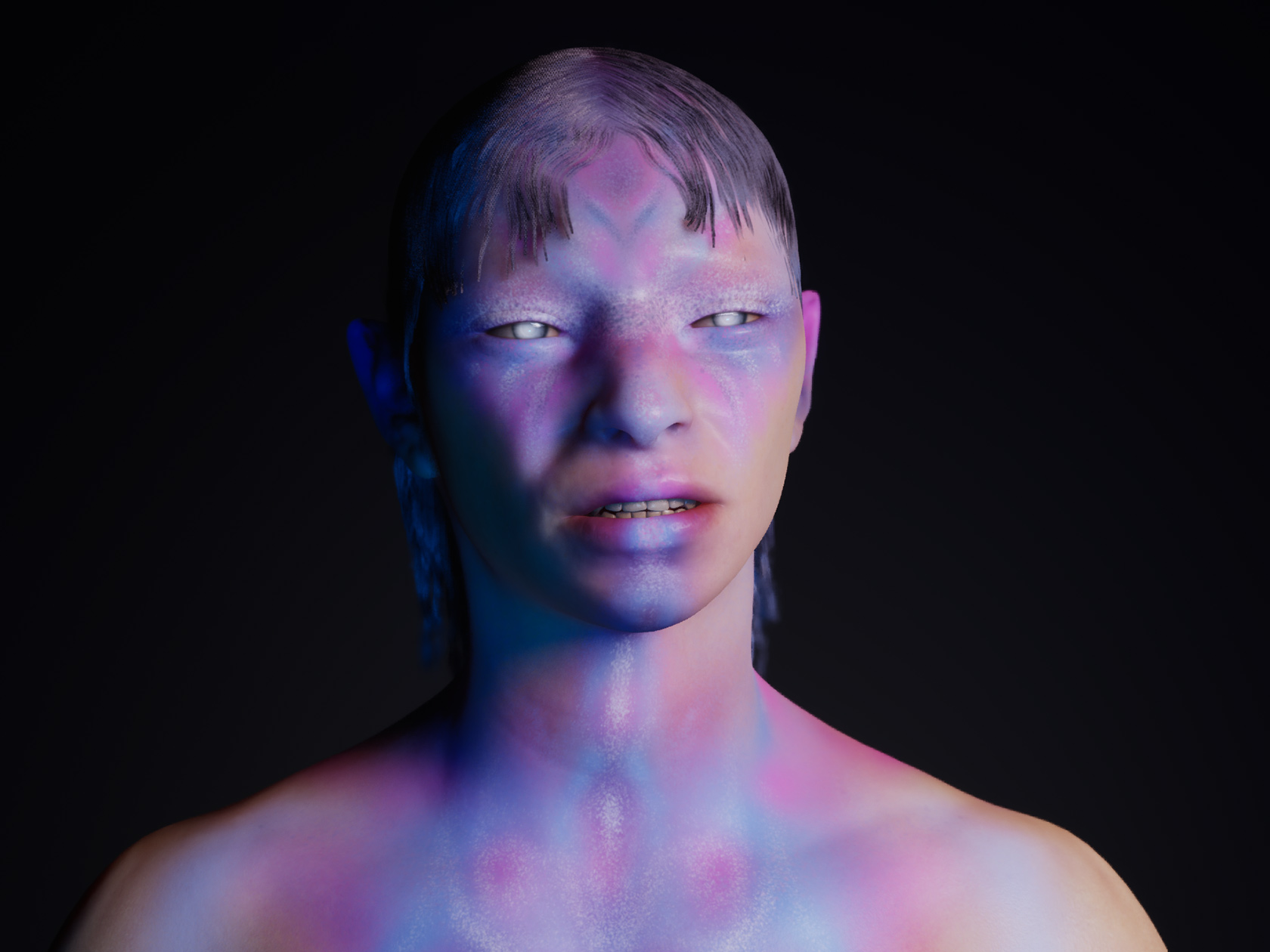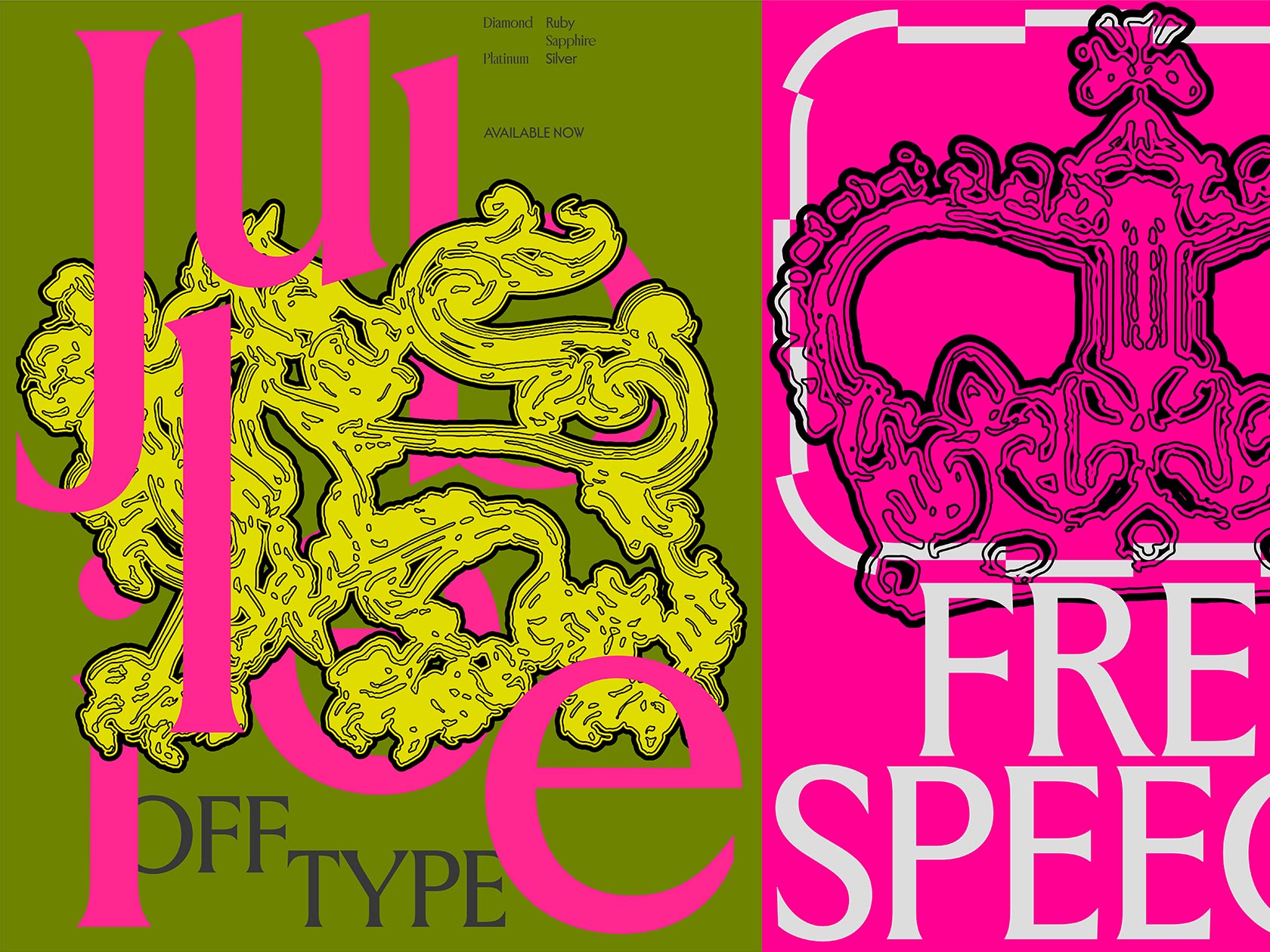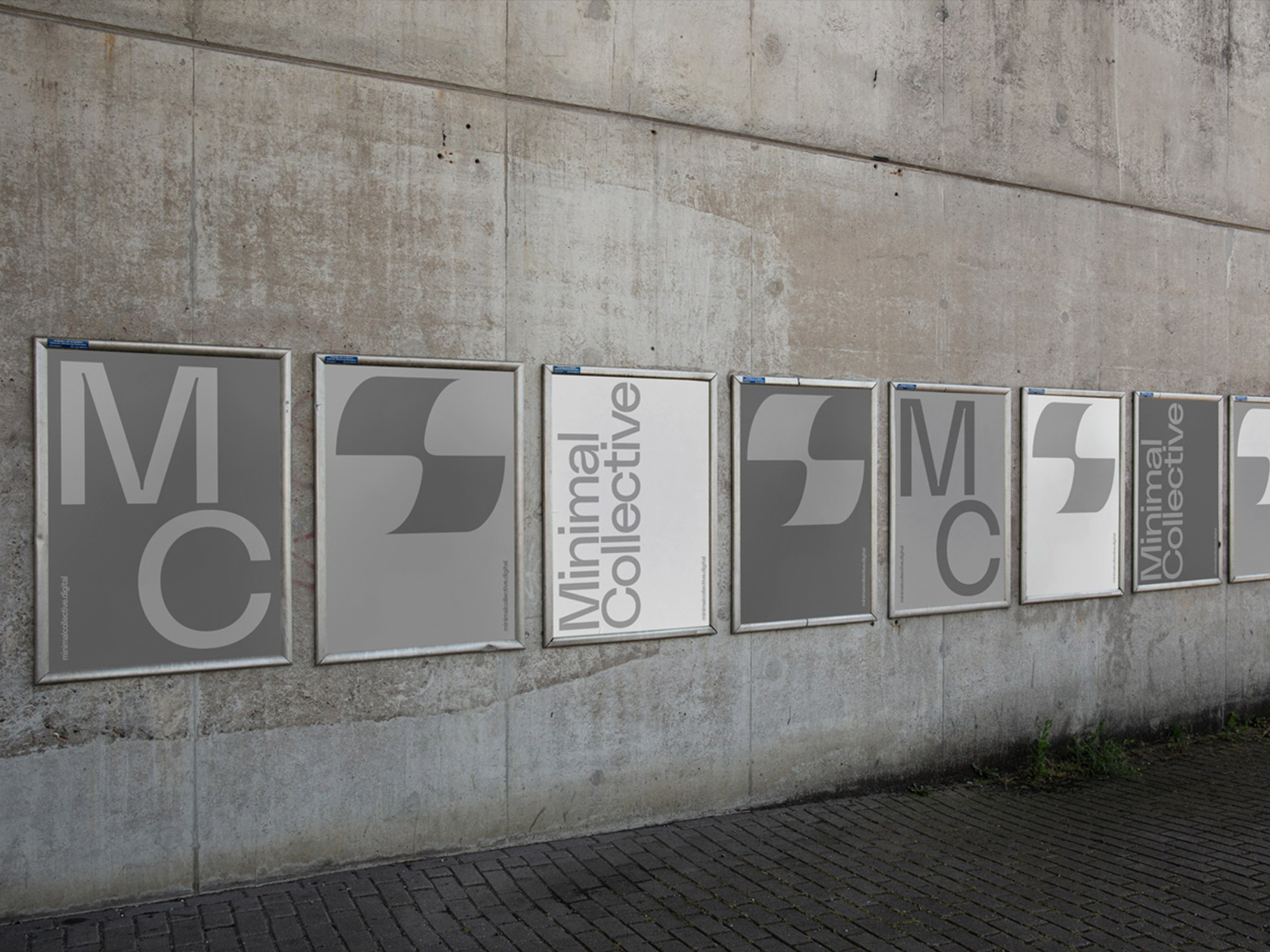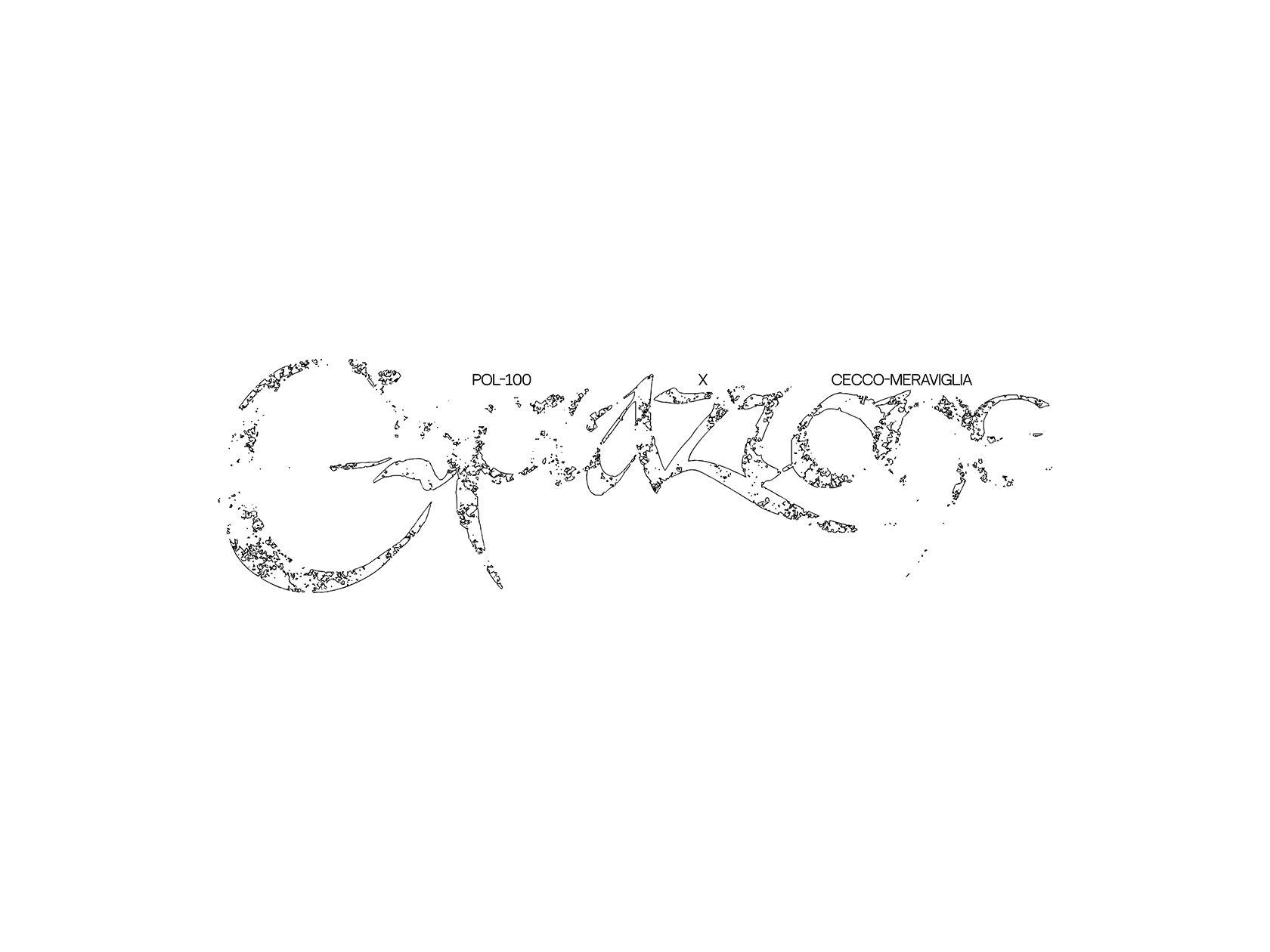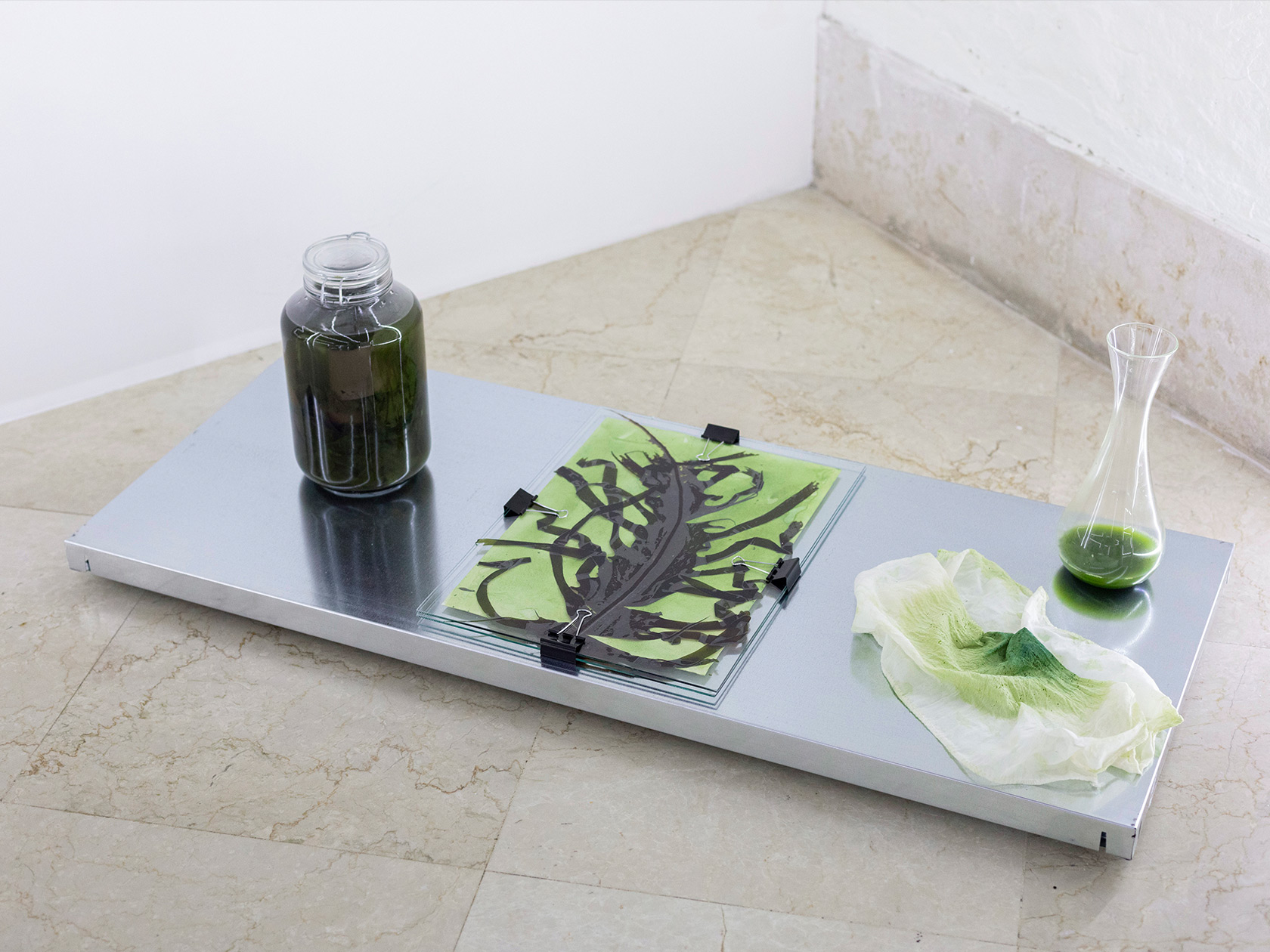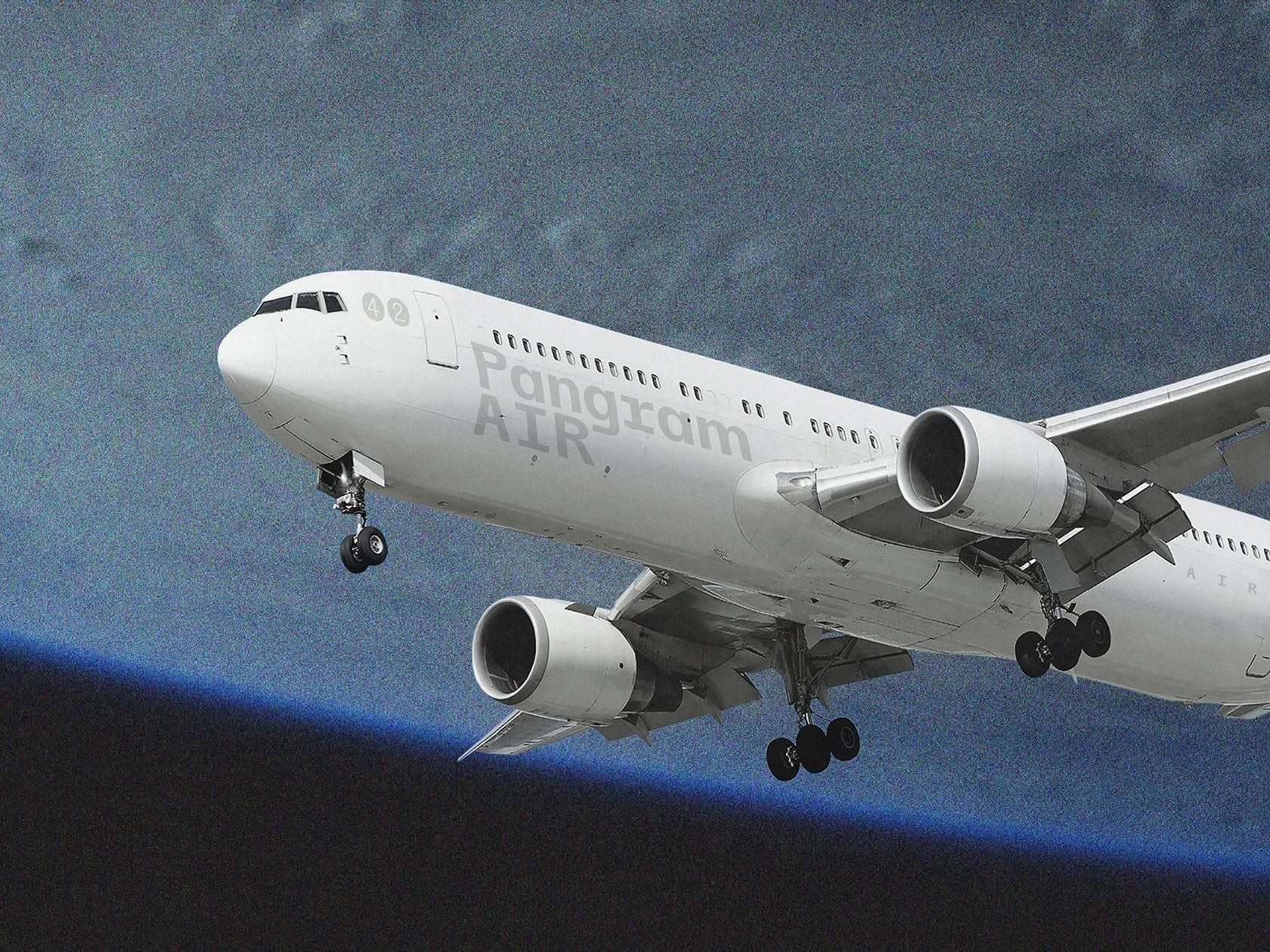Over the last decade, technology has revolutionized our world and our daily lives. While it has created tons of incredible tools and resources, it also makes us feel anxious in the face of an uncertain future we can only predict to a certain level. The multi-disciplinary collective HIDE which was created by Alex Ortiga and Matthias Girardi in 2018, aims to spread and develop a functional post-digital culture that is not only a mere narrative of the current historical period, but also embraces the idea of a future world in which we, as humans, still play an active role. By uniting the disciplines of design, sound and technology, the collective works on several projects, including the production and distribution of M4L devices for Ableton, the publishing of music publications and the organizing of several events, like workshops and art installations.
While HIDE operates as the visible, acting part of the collective, the duo built up another entity, called NETHER which can be seen as some sort of Research Centre for the whole project. In fact, when Matthias and Alex first met, the two parts existed as completely separated projects. “NETHER began its journey as a music label with a mini-CD release series”, Matthias explains us, “Since I didn’t have the time to curate it we decided to merge the music releases with HIDE.” Every release of the collective can therefore be considered as an interaction between both projects.
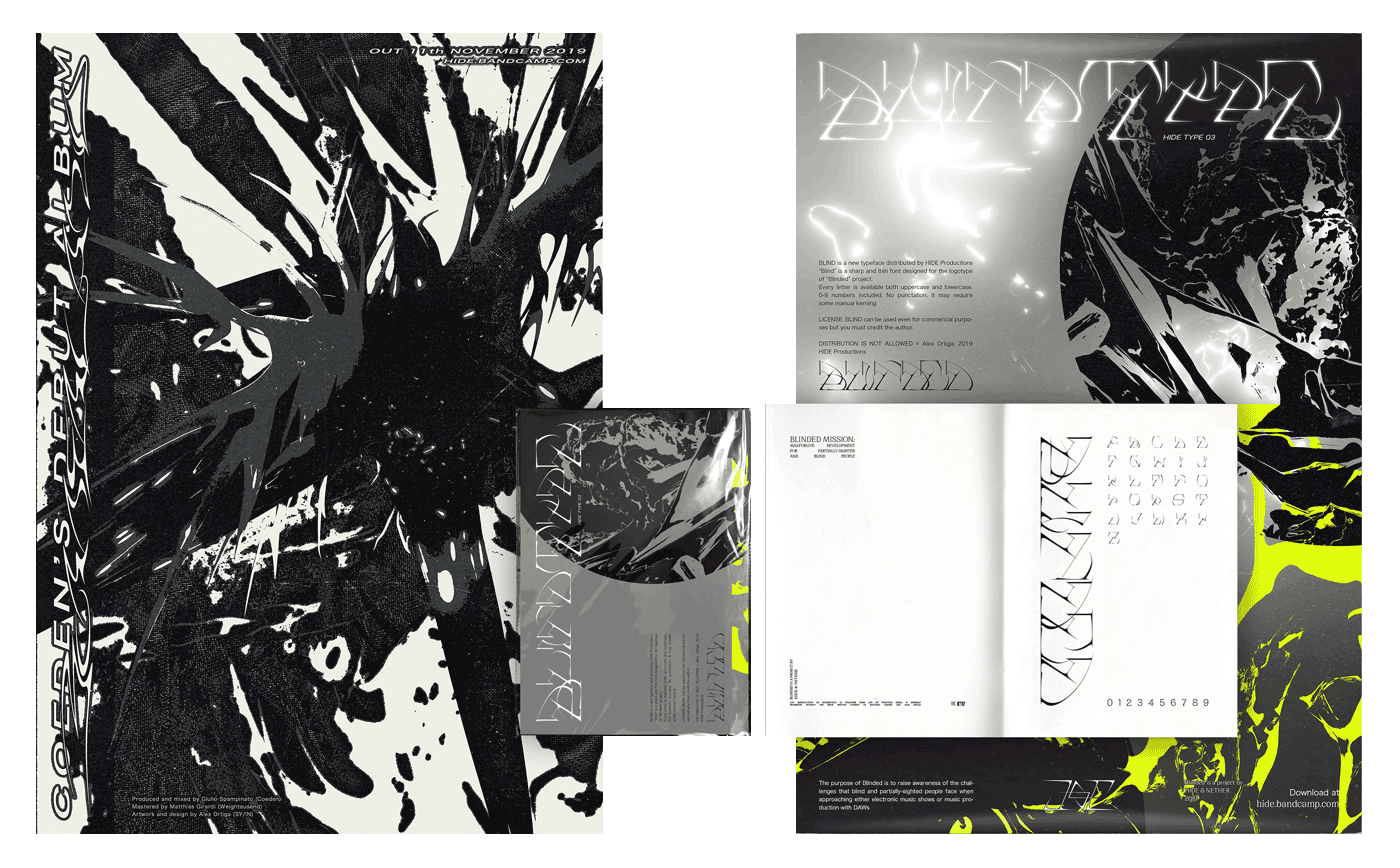
“The aim of HIDE is to spread and develop a functional post-digital culture”. How do you feel personally in face of the digital future? And in what way can HIDE be seen as a solution for that matter?
A: One of the things that haunts me most, is the fact that digital technology might cease to exist in the future. In that case a very large percentage, if not almost all of my works, would be lost. This makes me wonder if we are using the digital media in the right way. Probably we should shift the focus from the digital art product to the utility it can have in the future and in the evolutionary process. I don’t think HIDE is so ambitious as to make its contribution in these terms. Its intent is to ask questions that can lead users to use the digital technology in a different way.
M: I am very optimistic about the future of digital technologies. I am increasingly more inclined to think that this can only lead to an ecological improvement of arts, be it a “classic” ecology or understood in a more philosophical way. As a collective we are very sensitive regarding the reuse and use of non-polluting materials.
In your manifesto, you describe the ethic of NETHER as “anti-capitalistic”. Would you like your work to be considered as political?
M: In a certain sense, yes, but it is not strictly political. NETHER is an “hidden” entity by HIDE for the research and diffusion of knowledge concerning algorithms and for technological development related to audio or gestural interaction. Therefore it tries to be anti-capitlistic, both in an economic and cultural sense. All things developed in NETHER and released on HIDE are copyright free. Ableton’s devices, for example, do not try to mask development processes in any way, but rather try to exhort anyone to reuse tools in the way they prefer. Furthermore, through the workshops I often provide modules containing the various algorithmic “cores” of the devices to the participants.

Sharing the approach of combining art and technology, Matthias and Alex soon decided to work on some projects together, after being introduced by some common friends from the Italian underground electronic music scene: “After we met, we started to offer each other jobs to use each other’s skills for our creations. Matthias had to release some plugins for Ableton and he asked me to work on the visual part. I instead had to do the mastering of my record and asked Matthias to take care of the post-production. Over time we started to structure these collaborations as something more orderly and concrete, outlining the current structure of our collaboration.”
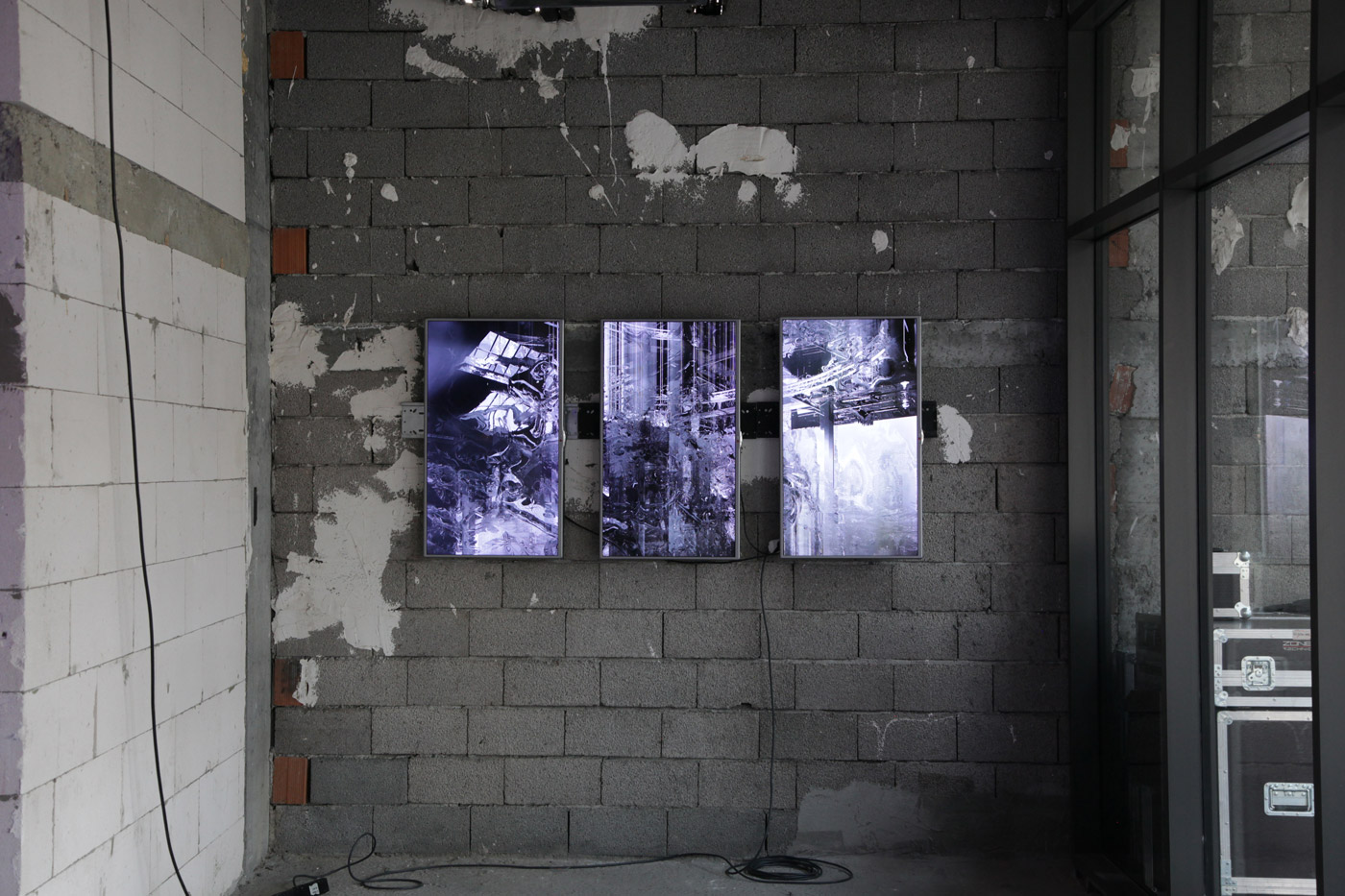
Both of them grew up with a technical, as well as an artistic background. “My first approach to computers occurred when I was 4. I’ve firstly studied IT and informatics by myself and subsequently I’ve approached to microcontrollers and hacking,” Matthias tell us, “Parallel to all this, I’ve obtained a Solfeggio degree at the conservatory and I’ve played in orchestra and brass quintets. The rhythm of the trombone has certainly inspired my musical productions like Weightausend.” Besides working at a professional level in the field of hardware and software development for industrial network security, he also pursues the passion of creating and producing music. “I grew up listening to Jungle, Techno, IDM and jazz music. In my music works I’ve tried to reproduce the creative processes at the basis of those styles rather than the sonorities themselves. This is why I started to get increasingly more interested in audio synthesis and algorithmic generativity of musical movements,” he explains, “In the end, despite the different approach in composition styles and genres, Alex and I have nevertheless found ourselves exchanging ideas and instruments for music production.”
Switching between different practices, Alex likes to describe his background as “hybrid”: Besides studying at the Academy of Fine Arts in Venice and working as a graphic designer since high school, he also graduated as a computer expert. “As I have always been interested in different kinds of art and disciplines, I tried to get as much practice as I could. Recently I have been trying to find a personal formula to make all of these interests coexist in a single, fluid entity.” During his studies in Venice, he started to combine graphic design with visual art. “I believe my works are ‘pictorial’. In the compositional phase I rely more on the rules of painting to establish a balance and visual impact. As difficult as it is I try not to follow trends too much, or at least to provide my own reinterpretation of them.” While Matthias is more into jazz, electronic and techno music, Alex has always played in post-rock/post-hardcore bands and sticks to his guns until now: “Although I later approached to electronic music, my interest when composing remains the typical wall of sound and dynamics of post-rock music. In this case, Matthias and I come from quite different worlds whose union, however, is partly the key to the type of musical vision we want to propose with HIDE.”
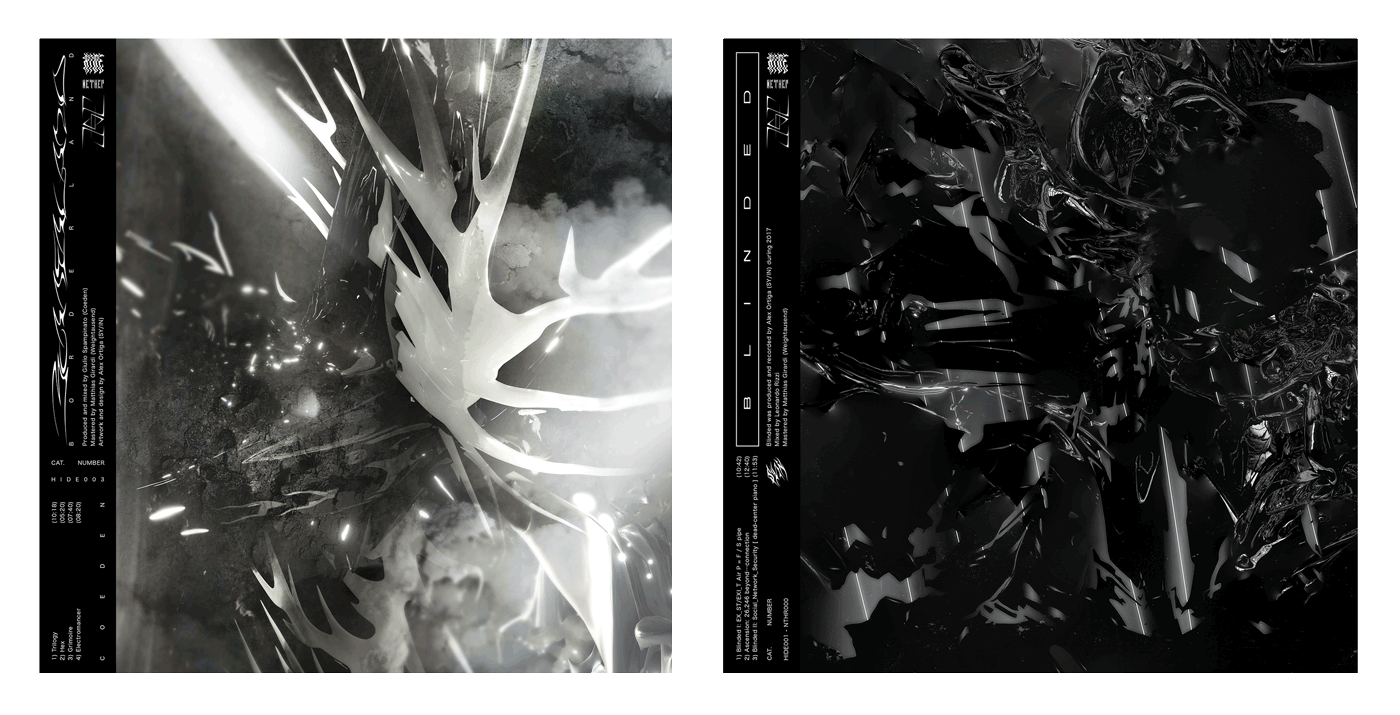
Where do you get your inspiration from?
A: I believe that there are two fundamental components in the creative phase: The first is observing as much as possible in order to constantly nourish and update one’s visual culture. The second component is experimentation. This is the phase where new ideas can lead to interesting insights and new creations. In a certain way, therefore, I get inspiration from training and chaos in equal measure.
M: I get inspired from anything connected to an automation or generative process, for example binary sequences, datasources deriving from natural, biological or computerized processes, up to industrial ones. I can say that I am inspired by the observation of any phenomenon that can be translated into musical movement, in rhythm or in harmony.
How important is it for you to collaborate with other creatives?
A: I can say that it depends on everyone’s feelings. If you respect each other, any form of work can be good. Surely, especially nowadays, building something with other people takes you away from the extreme individualism to which we are exposed daily. I think this is the most important factor.
M: I would say that collaborations are necessary, especially when the idea of collaboration is born at the same time and in the same way for both parties involved. On the other hand, they can also be a manipulative form that can lead to the grieving of other people’s ideas or tools. As a collective, we are committed to maintaining a sincere and balanced collaboration.
Do you have someone in mind with whom you would like to start a collaboration?
A: I’d like to be able to integrate even more transversal collaborations into the project. Although I deeply admire other designers and musicians, I’d rather work with someone who does something totally different and explore new ways of making our reality and our skills interact. I would certainly like a collaboration with someone in fashion, in the cinema or in industrial fields, such as some independent bicycle manufacturers.
M: I agree with Alex. It would be nice to include anyone who works in fields as far as possible from ours, but has a similar aesthetic vision. In the end, Alex and I had one thing in common: We both produce music. But once our collaboration became solid, we found ourselves developing different things, in a completely natural way. I believe that collaborations can become interesting when there is no interference between the parties, but a parallel work. This generates unexpected events and ideas.

It the last two years, Matthias and Alex have produced six M4L devices for Ableton Live, among them “Hook”, a completely mappable four-channel MIDI rhythm generator, and “Next”, an ultra-compact Parameter Sequencer. In order to differentiate itself from other products on the market, the duo aims to create devices which are not only innovative in their functions, but also visually more appealing. “I believe, our approach on creating these devices makes all the difference: I do not ‘analyze’ the work by other people. Instead, I often improvise and draft the algorithms on paper as soon as I have ideas. They are also developed with basic logic elements and can be carried, for example, on any type of microcontroller or platforms such as Pure Data, or even Industrial Logic Controllers (PLC). Some devices on the contrary use functions that I would call esoteric, such as glottal impulses, functions concerning the mechanics and physics of materials or data sequences developed and discovered in the pre-Modern era”, Matthias explains, “On the aesthetic level, we try to make them ultra compact, inspired by the EuroRack modules, to give the least possible space to those who use them.” And Alex adds: “Regarding the visual aspect, we also try to integrate the aesthetics of the project with the devices, which make them visually different from almost anything else on the market. In general, what we are trying to do, is to place ourselves as an alternative to the trends by outlining unique and recognizable traits. HIDE should only be perceived as HIDE, not one of the many projects associated with a specific aesthetically trend or music genre.”
By the end of September 2020, the duo plans on releasing a new device with a special mission: It will be the first device for blind and partially-sighted people. After getting in touch with a blind man, Alex and Matthias became aware of the fact that Ableton can not be used with Apple’s VoiceOver. Determined to change this situation, the duo contacted Ableton: “While we waited for a response, we proposed to present a PoC using pre-recorded voiceovers in various languages, to read the parameters of the DAW once selected, reproduced on a dedicated preview track. This also with the aim to create a multi-platform system that could also help artists who do not want to make explicit the presence of a PC during their performances”, Matthias explains. Under the title “The Blinded Project”, the duo has already organized events in the past to raise awareness of the challenges that blind and partially-sighted people face when approaching electronic music shows or music production with DAWs. “Everything that can be used through sight cannot be completely or partially used by those who – for reasons of disability or so – cannot properly rely on this sense. We felt we could fill this gap, or at least make part of our work available to everyone.” To put others in the situation of a blind person, Matthias and Alex created the installation “Blinded” which aims to confuse and dazzle its spectators, in order for them to lose their orientation.
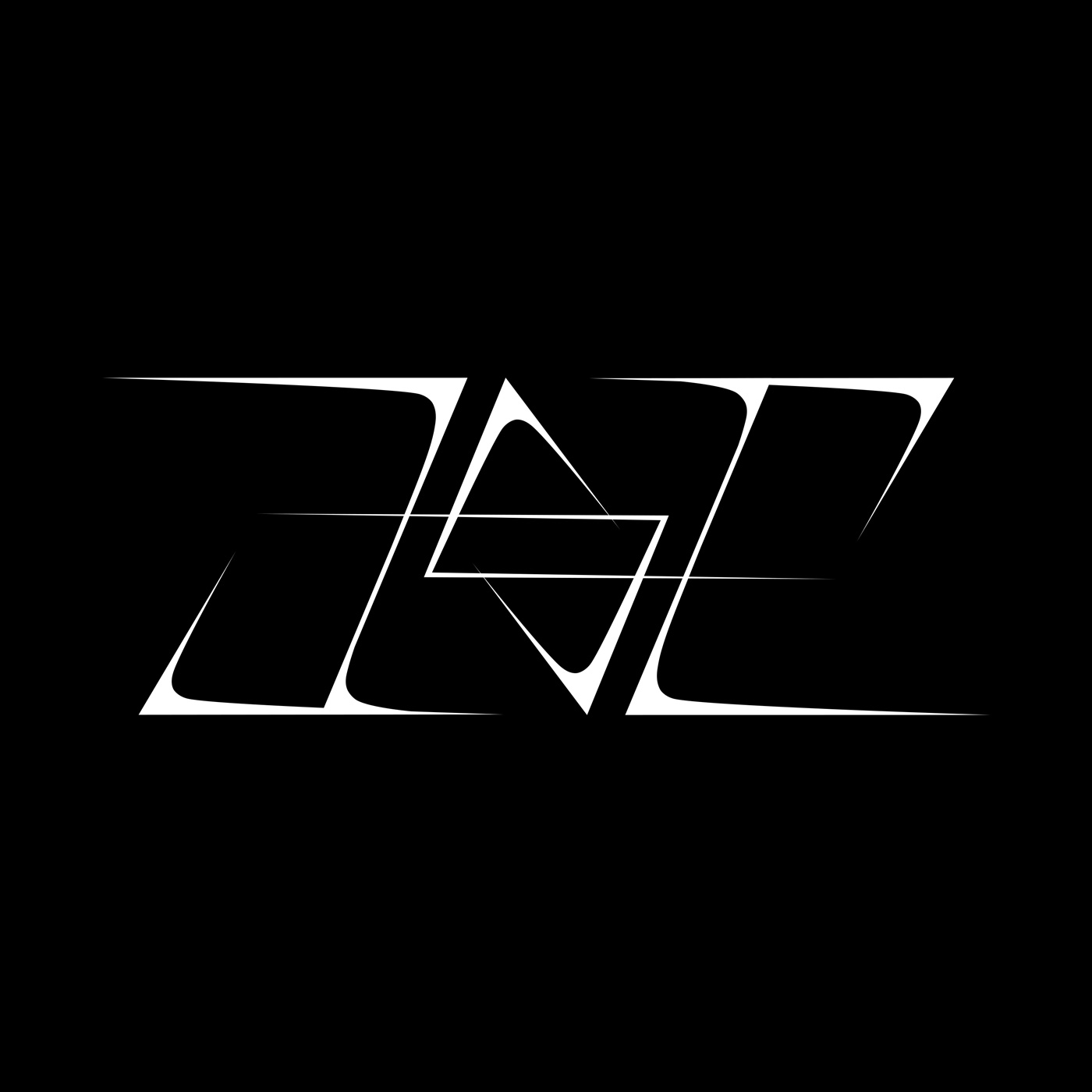
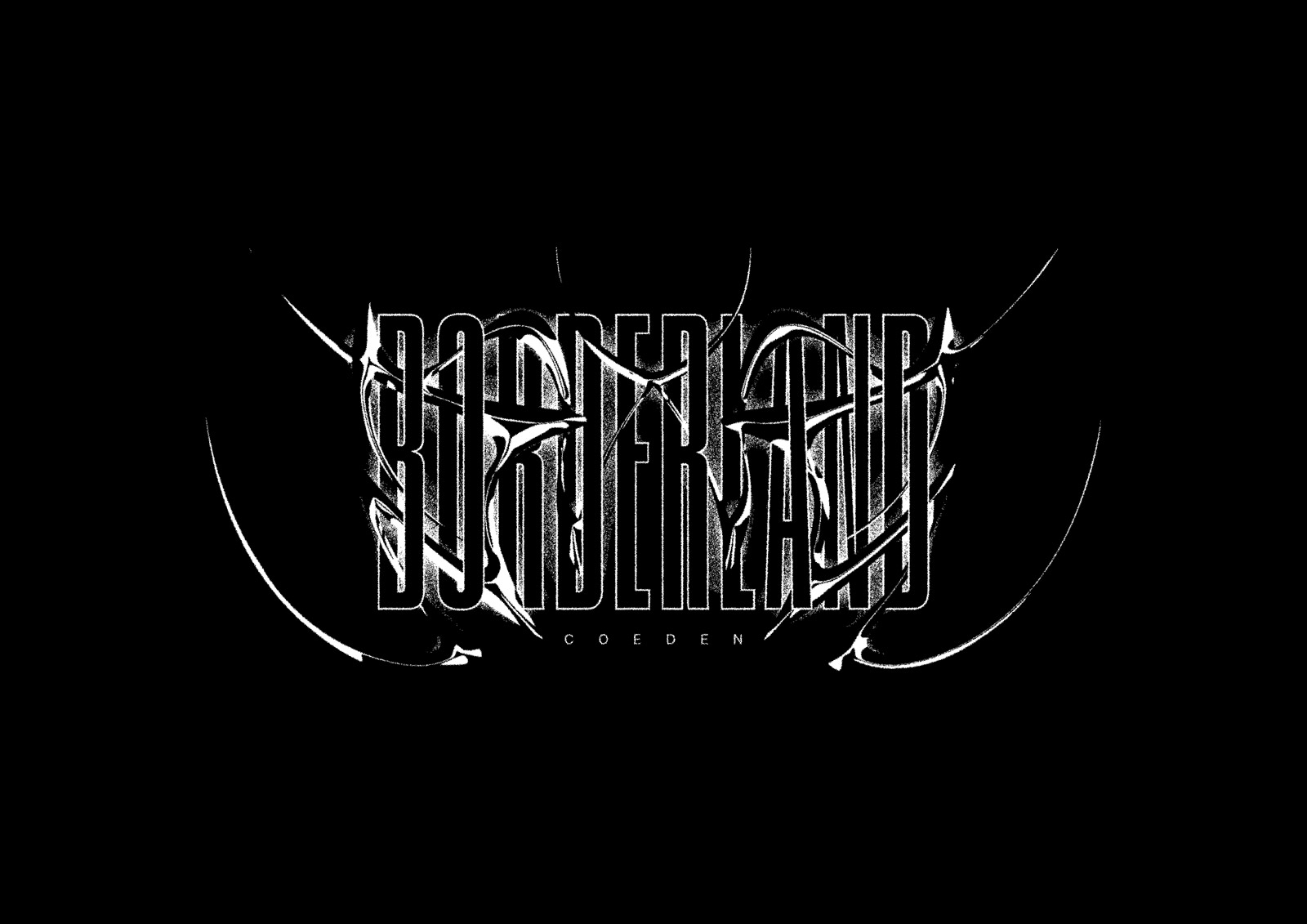
What was your experience of the first Blinded event like? How would you describe the overall atmosphere?
M: It was a testing experience. The atmosphere was unpredictable. We tried to create an environment in total darkness, but in fact some viewers used telephones or other bright accessories. This somehow damaged the concept of the performance. On the other hand, some viewers used lighters to make themselves light: this has created a magical element, in which the faint and irregular luminescence of the flames has brought the atmosphere to a greater level of esotericism and mystery. Furthermore the public was amazed by the inability to identify the location of the performer.
A: From the performative point of view it was certainly different from any other show, I’ve ever played: playing in a “closed box”, without any kind of contact with the public makes you feel like the pilot of a plane, and as such you have to do your work without worrying about anything else. You have to drive the plane safely, you don’t care if the passengers are agitated, amazed, amused or bored.
Was the reaction of the visitors as planned?
M: We have received several positive and stimulating feedbacks, such as advice or inspirational tips for future installations. The audience seemed confused and surprised at the same time: No one expected this performative modality, apart from the performers. I think that even our own reaction to this was in the end unpredictable. We have reached a very powerful result starting from an improvisation-based way of realizing the concept (in less than one day the sound system has been set up and optimized). This result was probably possible thanks to the peculiar location we had, an abandoned cement hangar.
During their working process, Matthias and Alex usually assign their tasks to work more efficiently. “I think everyone has a specific role. I usually take care of the infrastructural part, the development of algorithms on Max and the mix and mastering of the releases, but also of the management of digital signals for installations or performances and everything that can relate to the development of the interaction between music and technology”, Matthias tell us, “Regarding the graphic / aesthetic part, I always rely on Alex, especially for the creation of devices for Ableton.” And Alex adds: “Our roles reflect the structure of the relationship between HIDE and Nether: the first is a sort of surface, what has a direct impact on the public and the users, its focus is the output. The second one is the core, the “research laboratory”, and focuses more on the process. These two things intertwine and we sometimes contaminate each other with ideas or projects.”
The approach, to combine music and graphic design, has been crucial to every piece of work they have released so far. “All the projects we have developed exist both visually and in sound, anything proposed by our reality receives a comprehensive cure on both levels. The goal we are pursuing is to make music and design almost inseparable”, Alex tells us about their concept, “Our physical releases are in fact design objects. My album “Blinded” for instance is a 40-page artbook and a software, a sort of explorable videogame where the tracks are heard and mixed depending on where the user decides to go. Coeden’s album is a slab of laser engraved aluminum. The choice of these design objects, however, always focuses on the concept of re-use: our releases could be for example on USB stick, or they could even be abstract objects that can be used for completely different purposes.” And Matthias adds: “At the moment I’m experimenting with MaxMSP and spritesheet to make the device somehow generative even from a visual point of view, without using video libraries. I’m also trying to integrate these elements with Alex’s graphical output.”
Merging the two similar, but still very different disciplines has not always been easy. The main challenge has been the avoidance of falling into common stereotypes, as Alex explains: “There are many examples of interaction between the two disciplines – from the sound of the first silent films or even before until today. I believe in order to find the right balance between music and design, you have to go deeper and find the contact points which are not necessarily the union of their respective results, but rather of their processes. For example: For me, it isn’t very interesting to create an artwork for a release that merely reflects the atmosphere of the album. I think it’s more interesting to generate the artwork based on the audio files or to generate the audio and the cover simultaneously through innovative processes.”
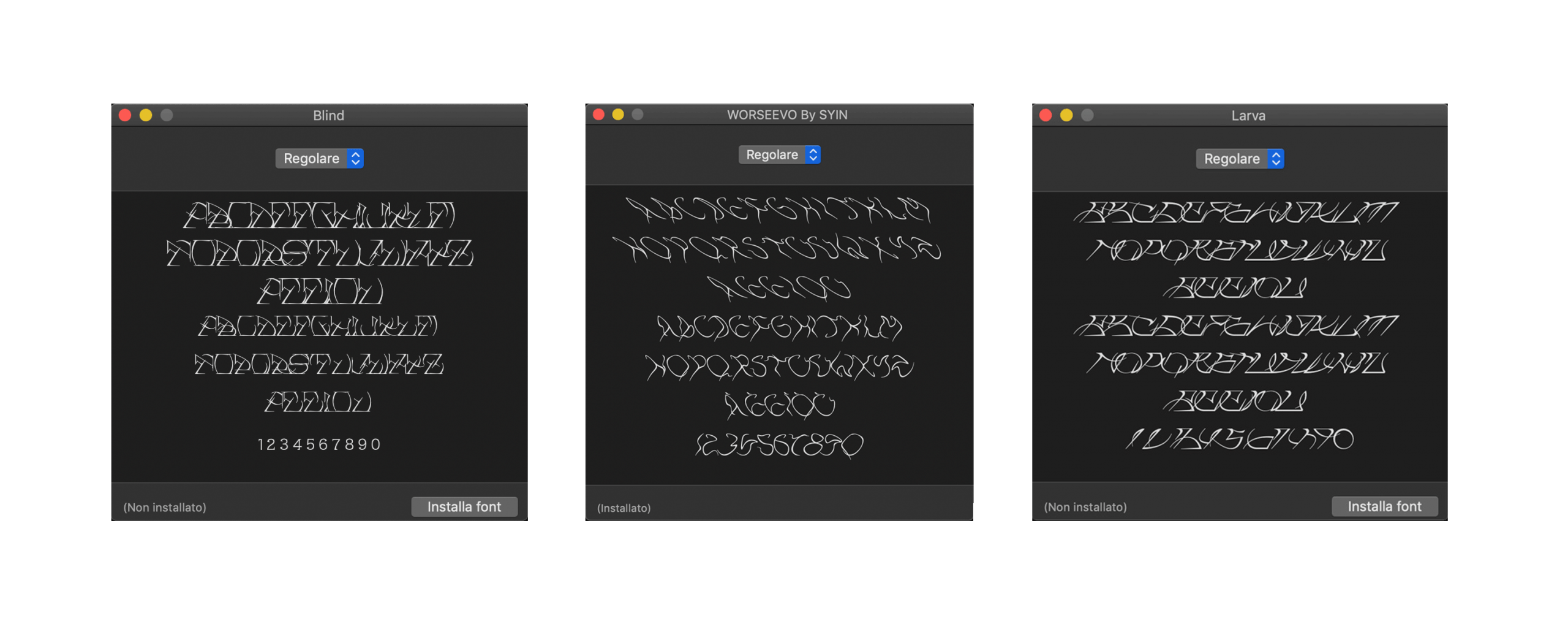
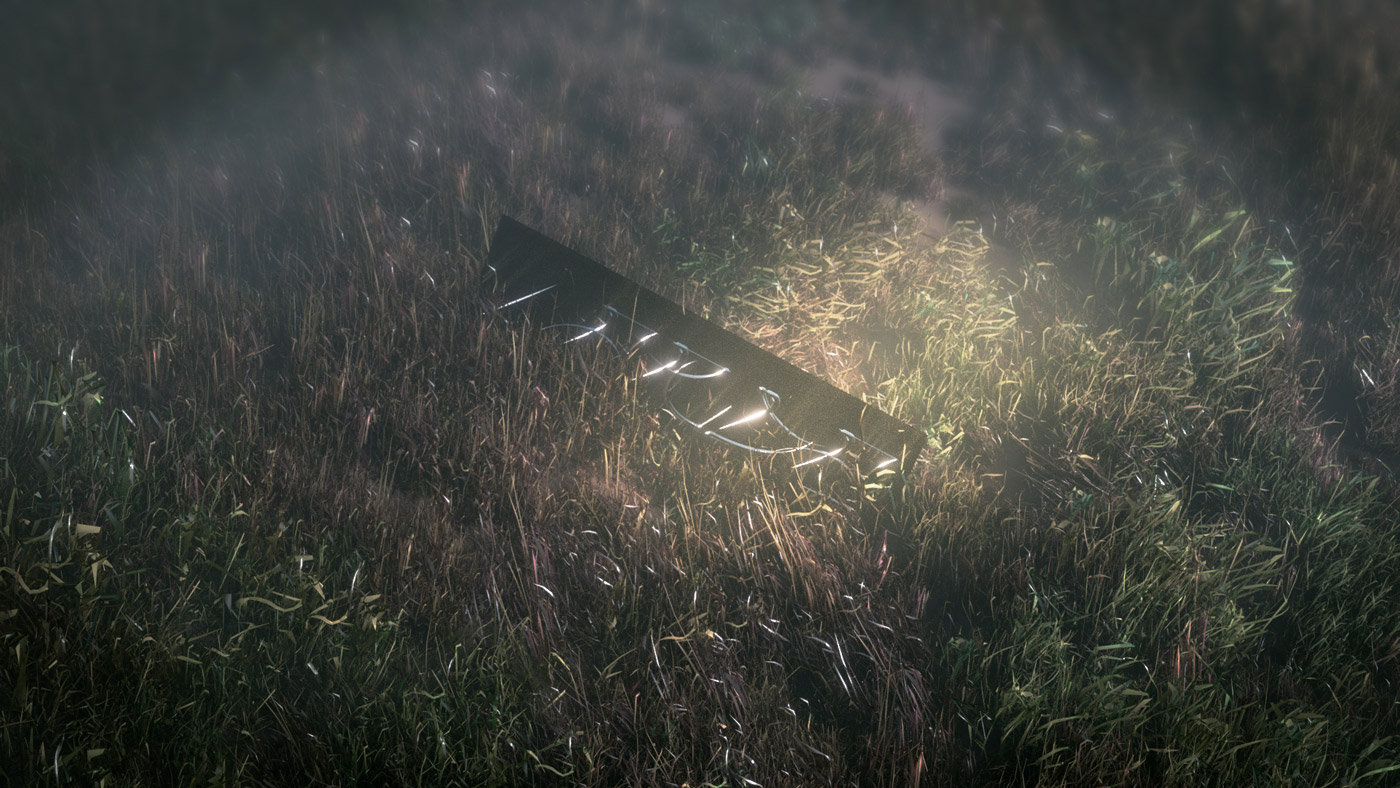
How do you define the term „collaboration“ in general? And in which sense can your work be referred to as a collaboration?
A: in my opinion, a collaboration can only arise when individuals work together for something and manage to override their personal interests. Collaborations should not be confused with commissions or with those situations where the abilities of others are exploited for one’s own advantage.
M: I would define it as a synonym for “synergy”. Our work starts in fact from different starting points and ideas that autonomously crash with each other and then merge.
What was the main challenge of this collaboration?
A: like every collaboration it took some time to outline a structure that fully satisfied and respected the vision of both sides, and it is certainly important to give great importance to the feelings of each one and to know how to adapt the entire project so that it is always respectful for all its components.
M: I think that for both of us is crucial to prove that it is possible to create an incessant collaboration despite our different cultural and professional positions. I don’t know if there is an effective destination to this, but for now we try not only to ideate new things but also to realize them in the best possible way. We spend most of our time curing and improving also the previous releases, as much as keeping track of and put into effect all those processes that might bring an improvement – both conceived as optimization and growth.
What was the best moment during this collaboration so far?
A: I could not define “a moment”, but from my point of view the most satisfying thing is actually to see that the commitment we both put into the project has a steadily growing response.
M: there have been situations where people we valued a lot on an artistic level have enhanced or interacted with our work. However, I agree with Alex, we constantly strive without looking for moments of glory or anything else.
Are you currently open to add new members to your team?
M&A: HIDE is a fluid entity, we are neither open nor closed to this possibility. If our structure should evolve and / or grow it will be spontaneous and unpredictable.
Recommendations/Collaborations to look at:
core.pan by Simon Kounovsky and Sybil Montet
The Pure and The Damned by Rick Owens and Tommy Cash.
The “posthumous” collaborations, often occurring among linguists or mathematicians (see Thue-Morse)

